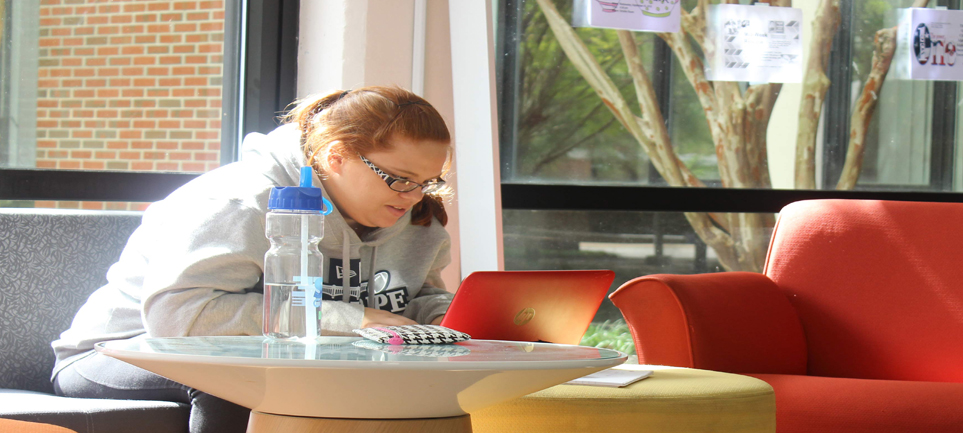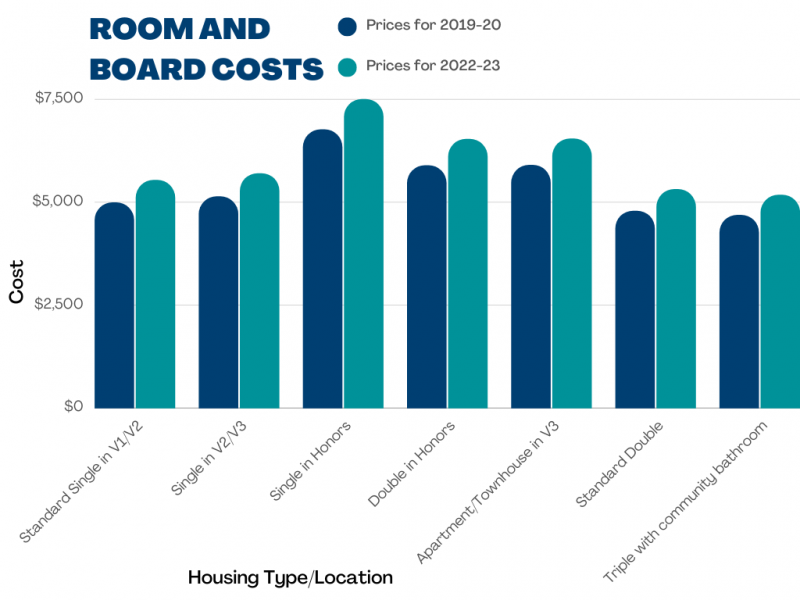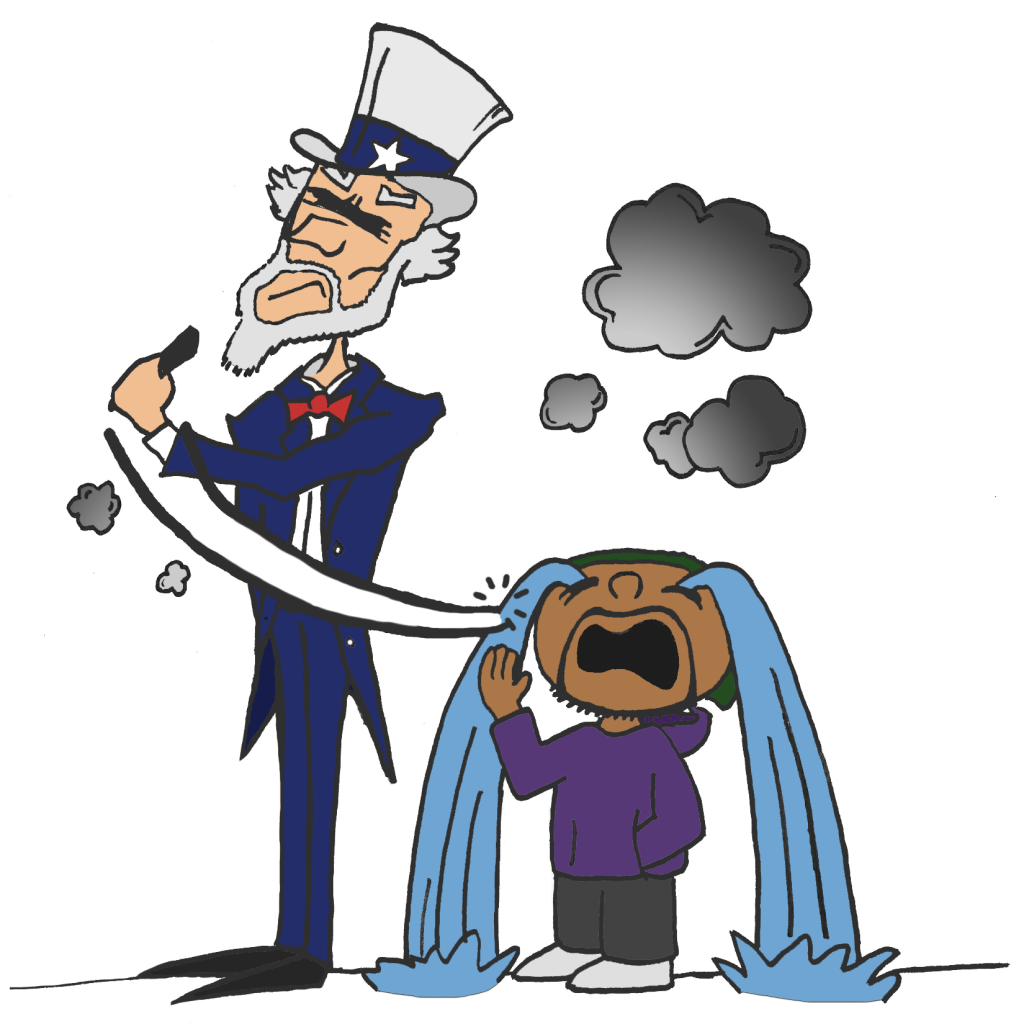
By Alex McComb
An absence of common spaces in residence halls has led to a decreased sense of community among residential students. Village I and II residence hall lounges were converted into housing by the college four years ago because of an increase in enrollment and an inability to build.
“It was done purely because of space and inability to borrow money,” Director of Resident Life McCarren Caputa said.
Former Lead Resident Assistant Melinda Bertram lived in downstairs Rose Hall her freshman year, the first year the hall lounges were converted into residence rooms. Bertram was later a resident assistant in that same residence hall.
“It just made it a lot more difficult to foster the kind of community that residence life and the college is asking us to,” Bertram said.
As a lead resident assistant, Bertram had an apartment on the floor with a common space. She explained that “it was easier for me than other RA’s to build community because I had a space of my own that I kind of gave up for common space.” Bertram would leave her door open, even when absent from the building, for her residents to come and use as a community space.
Alumna Kelly King-Pack said about residence hall commons that “it was awesome because as a transfer student, I didn’t know anyone, and everyone hung out in the common areas.” King-Pack said some common space activities included movie nights, playing games, doing crafts and just talking. King-Pack said that “it really made an impact on the sense of community.”
McCarren Caputa said “the most recent change from lounge to room happened four years ago when we had a giant spike of enrollment.” Caputa elaborated that Virginia Wesleyan College did not have enough funding to build new residence spaces, and the only option available was to create more space in existing residence halls. Caputa added that “the same year we doubled up the downstairs rooms in the Village IV townhouses,” because we “also needed premium housing for upperclassmen.”
Caputa said that she believes that this creation of needed space was done in the “most feasible, student-friendly way possible, however [she] would really like the lounges back.” Caputa acknowledged that “we have no common space, we have no gathering hangout space, and that is a detriment to our community.”
When the indoor lounges were taken away, Dean of Freshman and Director of the Batten Center Jason Seward helped to develop the outdoor common spaces. Picnic tables, outdoor grills, chairs and hammocks were added to natural outdoor patio areas around the residence halls. The most recent additions to outdoor common spaces were several picnic tables near Batten lawn and the Library. Caputa said the success of these tables was discussed in their division meeting and hopes to further develope any space where students gather to be social.
Buckingham said there have been multiple cycles of transition for these spaces between lounges and residential rooms, corresponding to enrollment fluctuations and lack of available housing. Buckingham said Virginia Wesleyan’s newly developed Strategic Plan calls for 1,000 normal residence students on campus, “which is about 150 more beds than we have right now so we have to do some more building.”
Buckingham said as the college grew and Village III was developed, “we had enough space to accommodate everyone, and so the spaces in Bray Village were converted back into lounge space.” Caputa said she hopes enough space will be opened through upcoming expansions for converting the rooms in Village I and II back into lounges.



